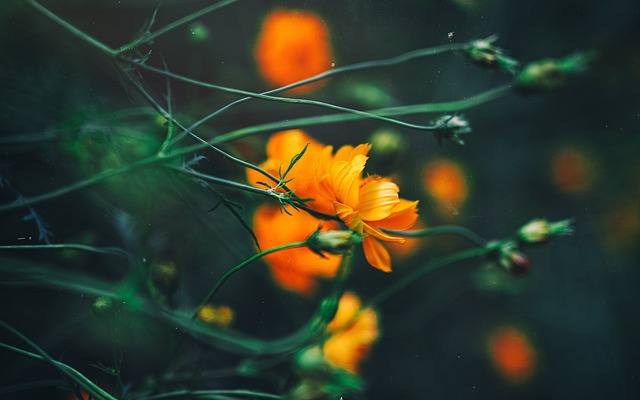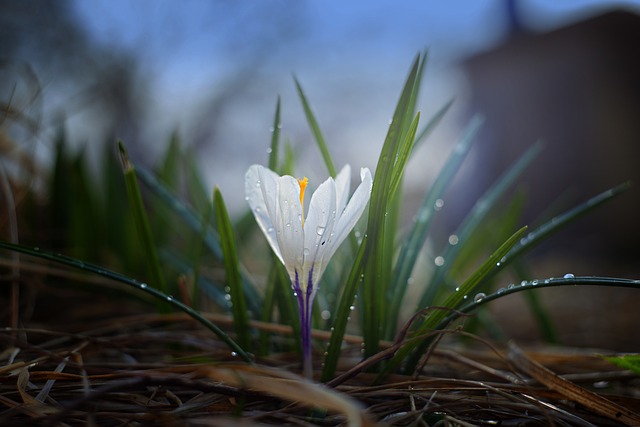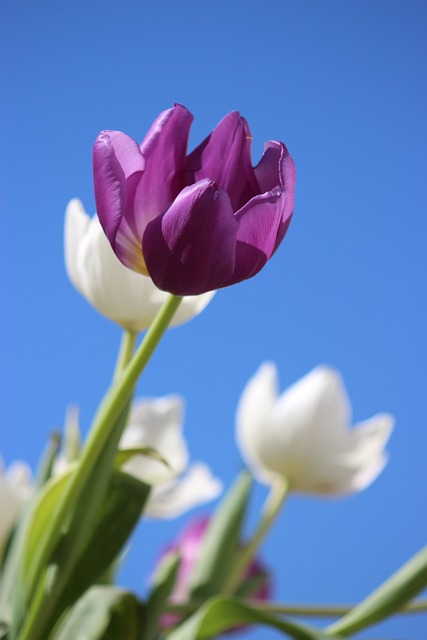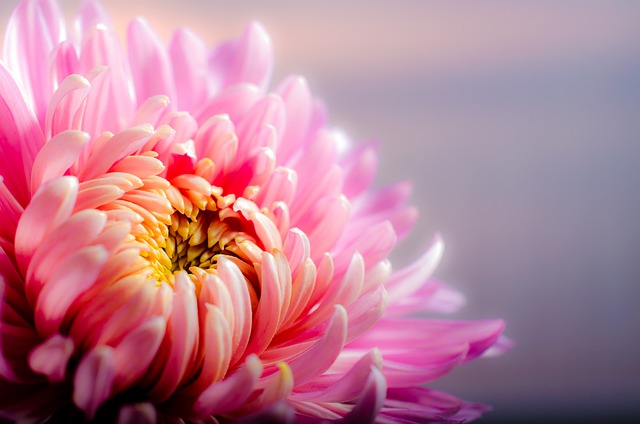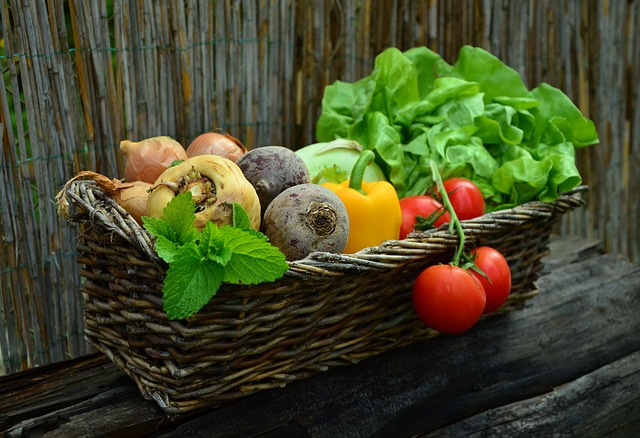
In the world of organic gardening, there are plenty of great resources available to both new and experienced organic gardeners alike. There are many e-guides, books, videos, and other resources available. This set of tips contains some of the best advice for helping a good organic gardener become a great organic gardener.
It can be very hard to shovel clay soil, especially when it sticks to your shovel as you are working. Take the hard work out of using a shovel in clay soil by rubbing a light coat of car or floor wax over the surface with a clean cloth and buff the surface. The wax will help keep dirt from sticking to the shovel, and will also keep the metal from rusting.
Long plants that run up or around a fence or wall are often useful for masking ugliness. Plants that grow as climbers are quite versatile, helping you hide ugly walls or fences, many times within only one season of growth. They can also grow through existing shrubs or trees, or be trained to cover an arbor. Sometimes the plants will require being tied to supports, but some climbers will attach themselves naturally. Some dependable types include honeysuckle, clematis, jasmine, climbing roses, and wisteria.
Be sure to weed your garden. Weeds can truly ruin a good garden. To aid in this venture, you might want to use white vinegar. That’s right, you have safe way to get rid of weeds right there in your kitchen cabinet. Mix white vinegar and water into a spray bottle instead of pulling the weeds by hand.
Bulbs will give you wonderful flowers that you can enjoy in early spring and right through the summer. Most people have no trouble successfully growing bulbs, and their flowers will return each and every year. Find out which flowers will bloom when and then plant a variety, so that you can have fresh blooms all the way through the spring and summer!
Protect your delicate shrubs from harsh, wintry elements. Any potted shrubs should be sheltered in the winter from cold weather. Fasten the tops of the canes together, and cover this wigwam loosely with a cloth. Covering your foliage in plastic will let the air in – and may lead to decay.
Keep your plants dry and aerated daily. If your plants get too moist, they may get sick or infested with parasites. Fungi is very common. Fungicidal spray treatments can contain fungi, but spraying prior to problems even developing in the first place is the best way to go about it.
Mint Leaves
Do you hate how fresh mint leaves grow and take over your lovely garden but still like them? Rein their growth; you can do this simply by planting mint inside a larger garden container or pot. The container will keep the roots from spreading throughout you garden, and prevent the mint leaves from sprouting in other areas.
If you plan on growing peas, you should consider starting them indoors instead of beginning them outside. The seeds will have a better germination rate if you start them indoors. The seedlings tend to be healthier, which would help them resist diseases and pests more easily. Once your seedlings are sturdy, you can then move them outside.
A wheelbarrow and kneeling bench or stool are smart investments for your garden. It is important to protect your knees when you are kneeling in the garden, and a foam kneeling pad will help with that. Using a wheelbarrow or wagon to transport heavy loads of dirt will help protect you from back injuries so make sure that you have one.
You don’t have to plant just for spring and summer. Consider what are often beautiful colors in the fall. But, that does not have to be the case! Foliage never looks as colorful and vibrant as it does in the fall. Maple, beech, and dogwood trees are many colors in the fall, from yellow to a deeper crimson. There are practically as many types of shrubs chosen for their fall colors are there are gardeners! Barberry, hydrangea and cotoneaster are particularly popular choices.
An eye-catching plant makes an attractive focal point for your garden or flowerbed. There should be a solid focal point for every good garden design. Focal points in gardens are normally a plant specimen that no one else in the neighborhood has in their landscape.
Spray fragrances such as old perfume or aftershave on grass around your garden to help keep your dog away from the plants. This will mask the garden smell that is attracting your dog, and it will make it a less appealing place for your dog to visit.
Make sure that you take time to properly plant any seeds that you buy. To begin with, you need to dampen the soil sufficiently. Plant the seeds evenly to ensure that they have ample room to grow. Plant them depending on how big the seeds are. It isn`t necessary to bury all seeds; some of them need light for growth to occur.
Organize the chores for your organic garden so they do not pile up. Even if you’re to busy to focus on your garden’s needs each day, you could do small things that could prevent you from piling up work when you wish to work on your garden. If you put the dog outside, weed a few spots in the garden while your dog goes to the bathroom.
For container planting, be sure to plant your seeds at a depth around three times the radius of the seed. However, it is important to understand that some seeds require sunlight and should never be covered. Some examples are petunias and ageratum. The directions for how to handle the seeds will usually be found on the seed’s package. You can also find this information online.
These tips are intended to help you become an excellent organic gardener. There is plenty of information out there for you to use, it’s all a matter of how you apply it. Using this advice, you will find the best way to create your dream organic garden.

